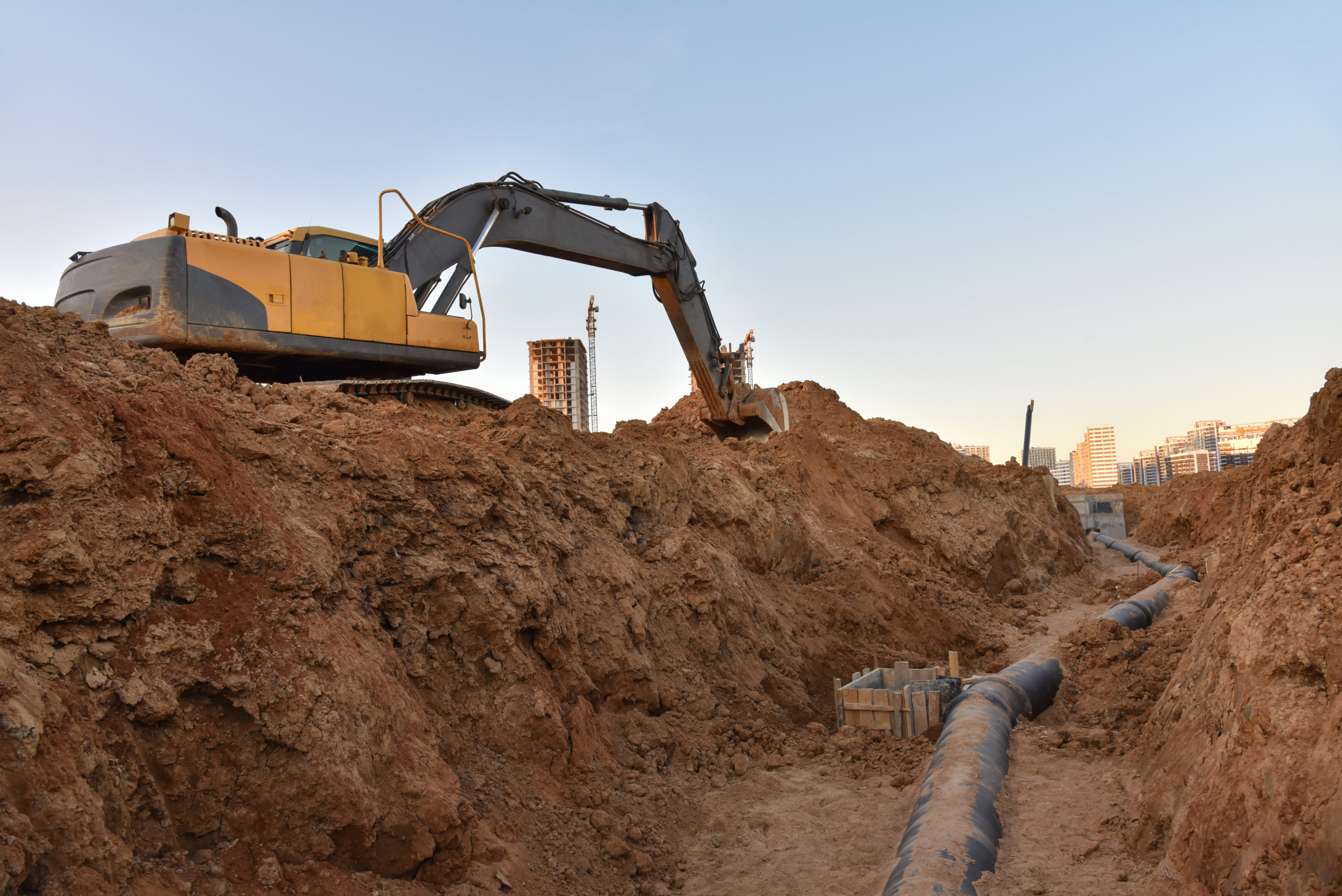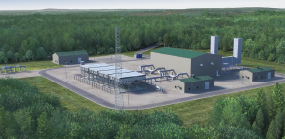Washington, March 18, 2014 —
The United States and Canada will require annual average midstream natural gas, crude oil and natural gas liquids midstream infrastructure investment of nearly $30 billion per year, or $641 billion (real 2012$) total over the 22-year period from 2014 to 2035, a new study finds.
The report, North American Midstream Infrastructure through 2035:Capitalizing on Our Energy Abundance, conducted by ICF International on behalf of the INGAA Foundation, updates a 2011 infrastructure report to reflect dynamic changes in the natural gas, NGL and crude oil industry in recent years. America’s Natural Gas Alliance was a co-sponsor of the report.
About $14.2 billion per year, or $313.1 billion total, midstream natural gas investment will be needed from 2014 to 2035 to accommodate new gas supplies, particularly from the prolific shale plays, and growing demand for gas in power generation, industrial applications and exports, the study finds. Natural gas midstream infrastructure includes mainlines, laterals, processing, storage, compression and gathering lines.
Meanwhile, some $2.5 billion per year, or $56 billion total, of investment will be needed for NGL infrastructure (transmission pipelines, pumping, fractionation and NGL export facilities), while $12.4 billion per year, or $271.8 billion total, of investment will be needed for crude oil infrastructure (gathering pipeline, lease equipment, mainline pipeline and pumping, storage laterals and storage tanks).
This total midstream investment will create more than 432,000 jobs, add approximately $885 billion to U.S. and Canadian economies, and bring in over $300 billion in federal, state/provincial and local taxes.
“This report shows a vibrant natural gas market in the future, and it also demonstrates the need for additional midstream infrastructure to support natural gas fulfilling its potential as a foundation fuel for our energy economy,” said INGAA Foundation President Don Santa. “The good news is that the natural gas industry has a proven track record of financing and constructing this level of infrastructure.”
Santa noted that because of the linkage between natural gas, crude oil and NGLs, it has become necessary to view energy pipelines in holistic terms. “While the Foundation has done its flagship natural gas infrastructure reports for over 20 years, the last two reports have broken new ground by recognizing the importance of including NGL and crude oil infrastructure to provide a broader prospective on how prices and production of the three commodities can impact the market and infrastructure development.”
“Pipelines make the shale revolution possible – whether it’s shale gas, tight oil or NGLs,” Santa added. “Without pipelines, Americans cannot benefit from these bountiful U.S. resources.”
The study finds that new infrastructure will be required to move natural gas, NGLs and crude oil from regions where production is expected to grow and to areas where demand is expected to increase. Not all areas will require significant new pipeline infrastructure, but most areas will require new investment to connect new supplies to markets.
In recent years, natural gas producers and marketers have been the principal shippers on these new “supply push” pipelines. These “anchor shippers” have been willing to commit to the long-term, firm contracts for natural gas transportation service that provide the financial basis for moving forward with these projects. Going forward, producers should continue to be motivated to ensure outlets for their gas supplies via pipeline. Consumers will benefit because adequate infrastructure contributes to a competitive natural gas market made possible by abundant and geographically diverse supply.
The report’s Base Case projects real natural gas prices that average around $6 per MMBtu (2012$) in the long term. It also assumes U.S. population growth at an average rate of about one percent per year and U.S. Gross Domestic Product growth at an average 2.8 percent per year in 2014 and 2.6 percent from 2015 to 2035. Electric load is assumed to increase at an average 1.5 percent per year through 2020 and 1.1 percent per year from 2021 to 2035, while oil prices average $100 per barrel in real terms. The report also includes a Low Growth Case scenario, regional breakdowns of infrastructure and investment, and projections for jobs and economic growth.
The study assumes that announced near-term midstream pipeline infrastructure projects are completed. Unplanned projects are included in the projection when ICF’s computer model signals need of capacity.





